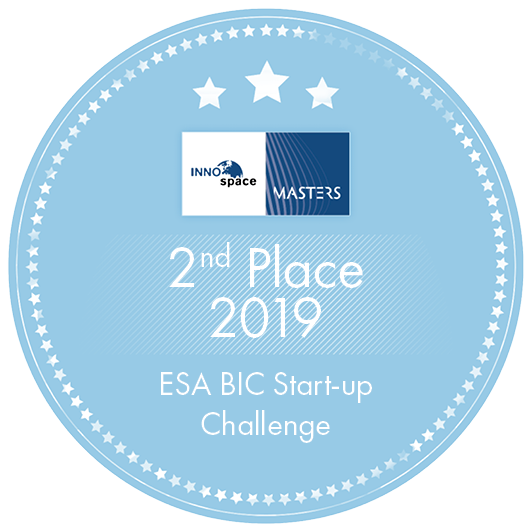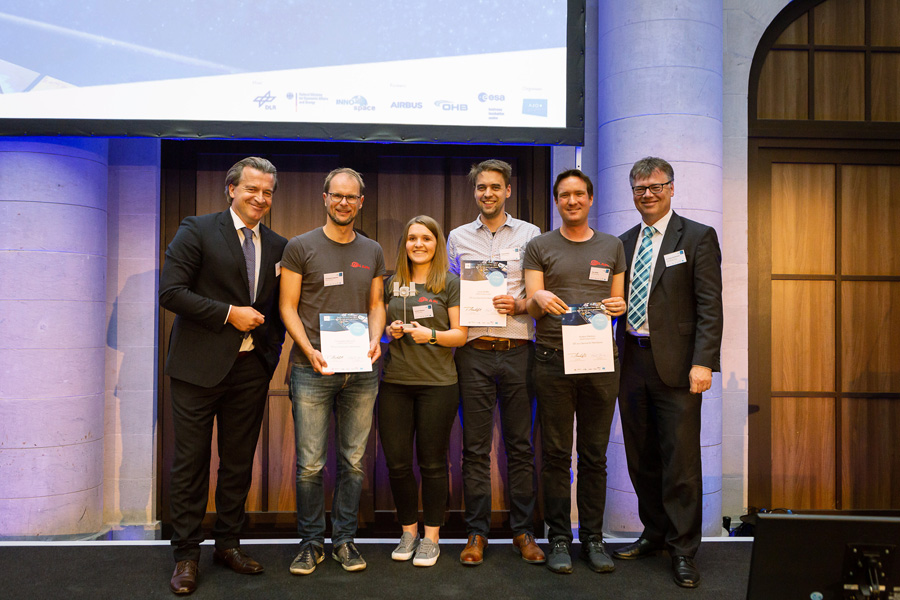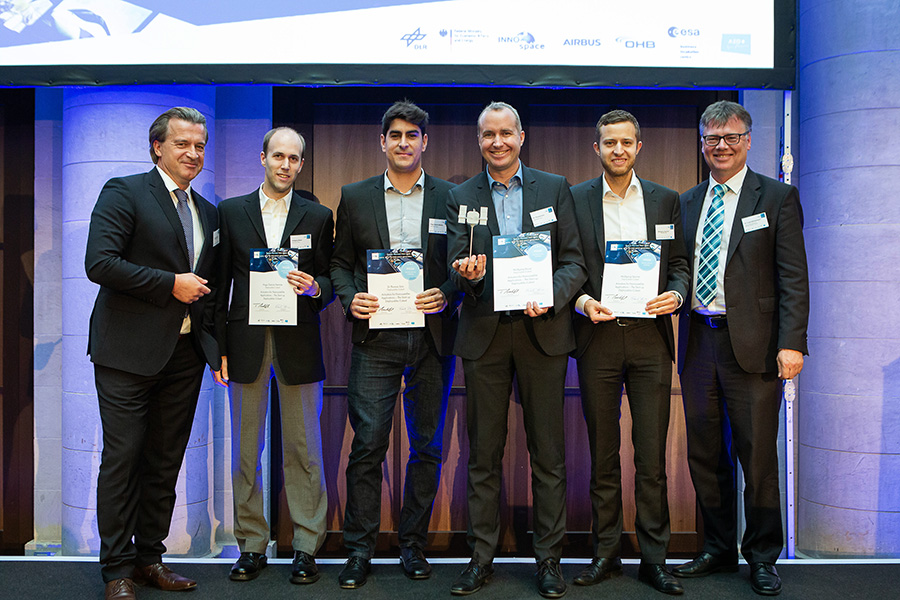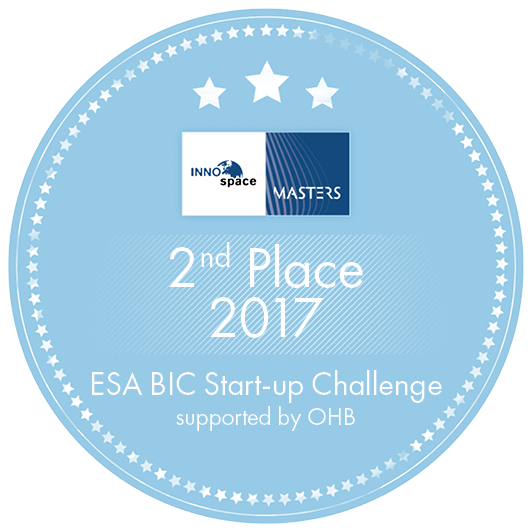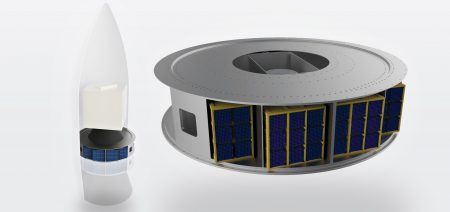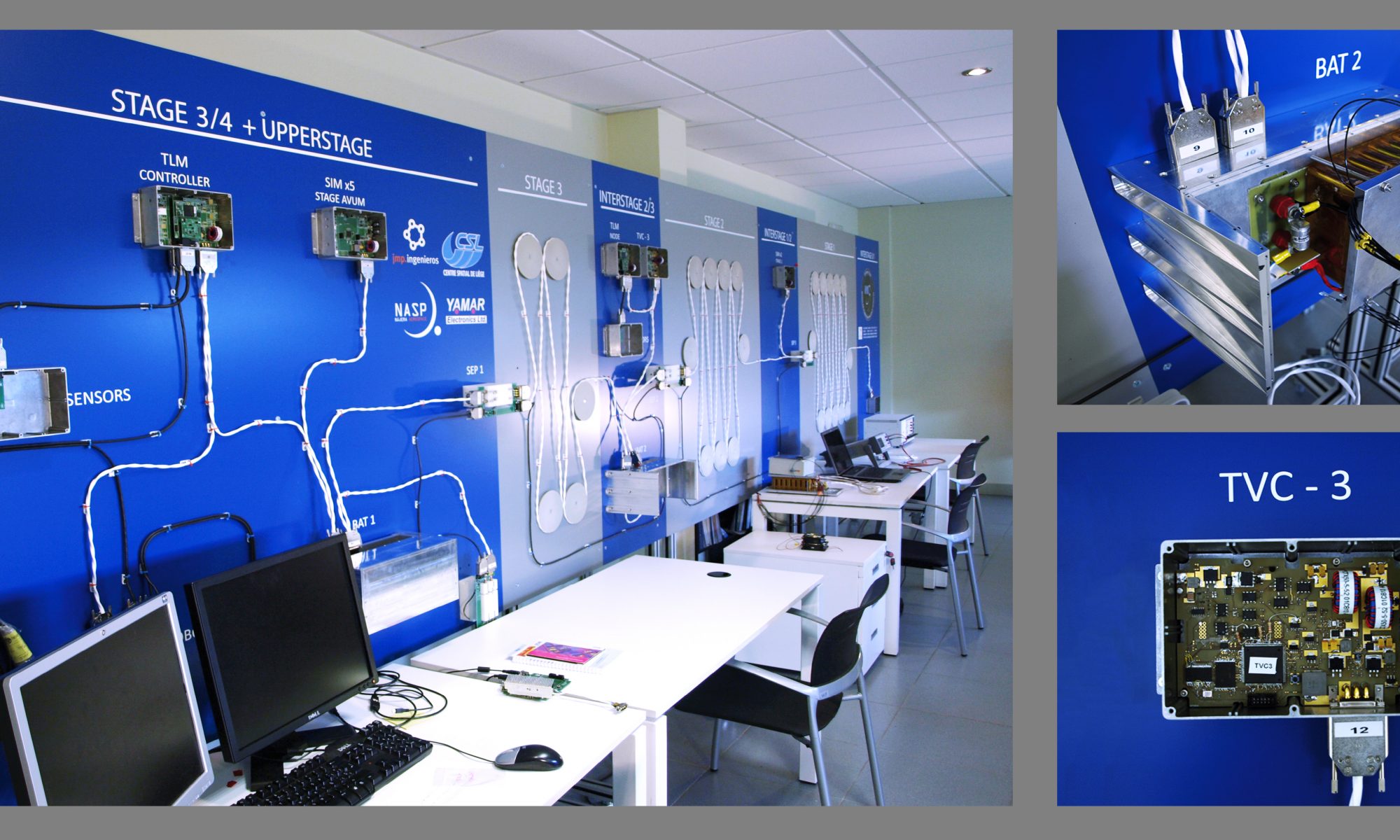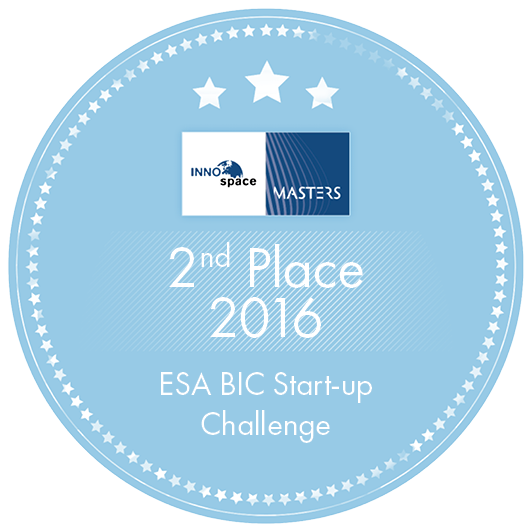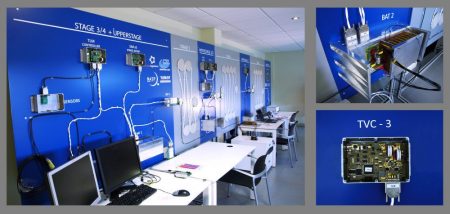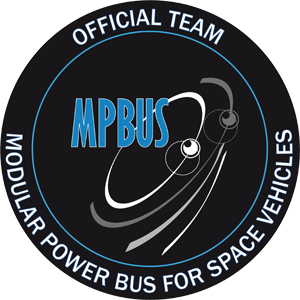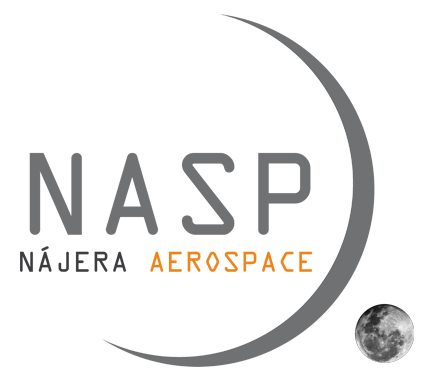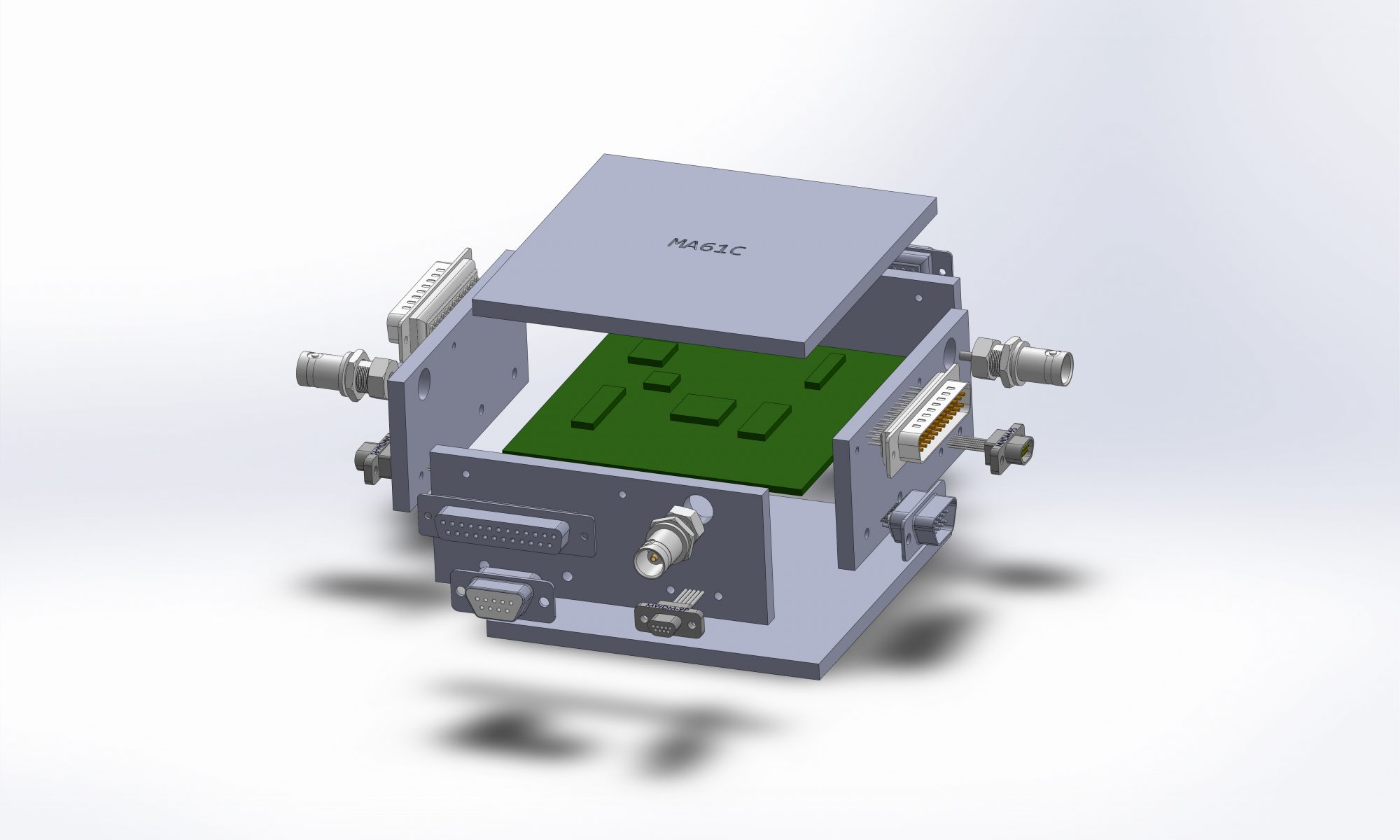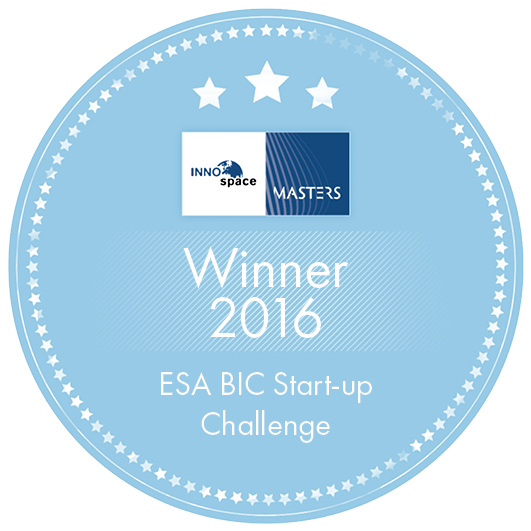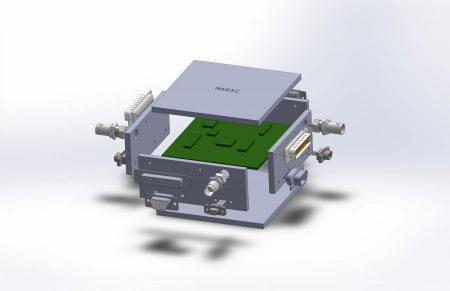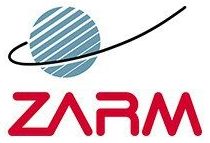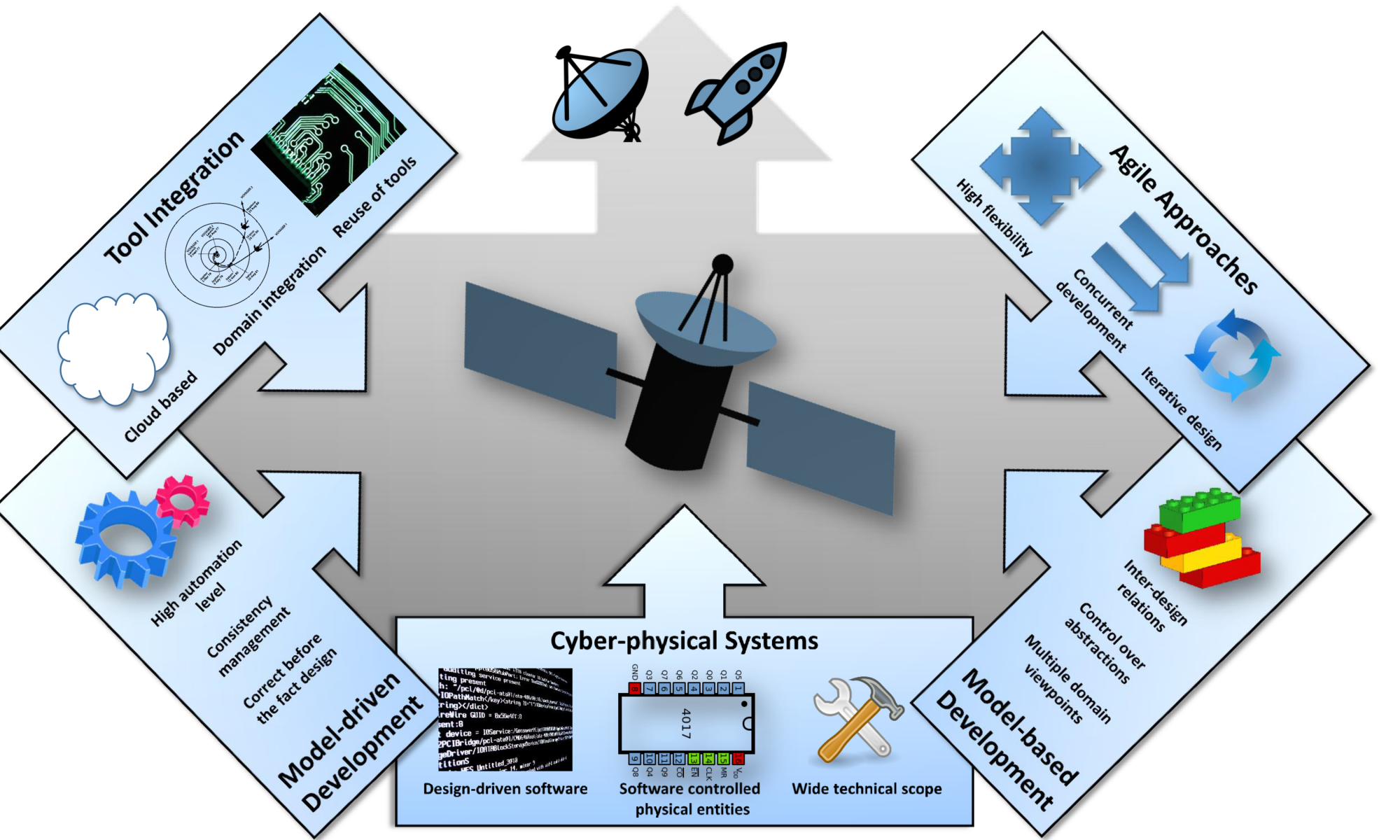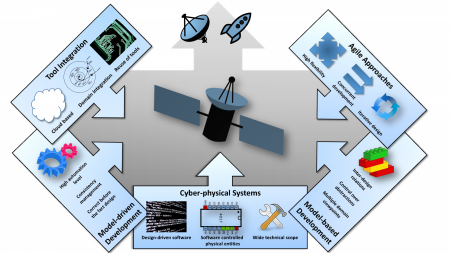Space Surveillance and Tracking (SST) as a Service for New Space
Due to the increasing amount of activities in space, the number of objects is becoming dangerously high and presenting a potential hazard to all satellites – especially in low Earth orbit. Since existing solutions are neither customer-friendly nor usable for the broader masses, new space market players are being forced to accept the risks of loss or damage. OKAPI:Orbits has developed a software-as-a-service (SaaS) solution that is dedicated to making satellite missions more sustainable and cost-efficient by offering customers space surveillance and tracking (SST) solutions as a service. It is a modular, customisable, and scalable software provided via a web interface and APIs. Due to the fact that this software is based on a data stream management system (DSMS), it offers several advantages. It can be used to operate all the relevant aspects of SST and supports integration into existing solutions.
Benefits:
- Reduced risk of loss or damage to satellite constellations and lower mission costs overall
- Very short access times through DSMS
- Processes large amounts of data that define customer procedures that need to be followed
- Efficient, sustainable utilisation of spac
OKAPI:Orbits GmbH
Braunschweig, Germany
Kristina Nikolaus
www.okapiorbits.space
kristina.nikolaus@okapiorbits.space

